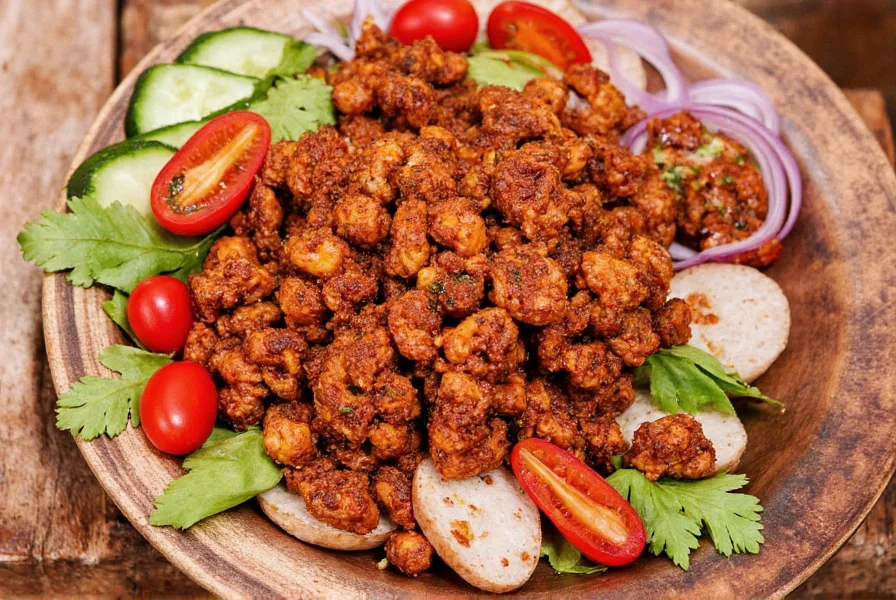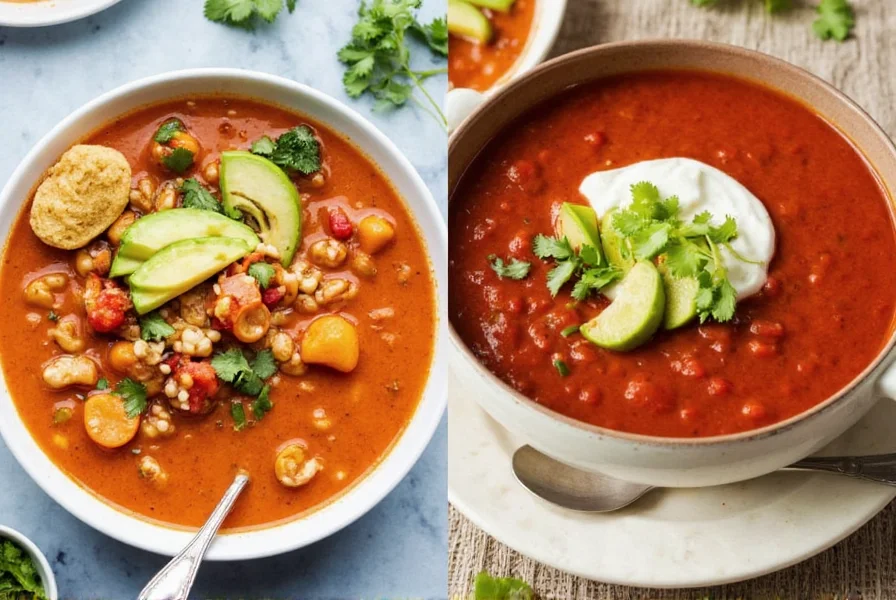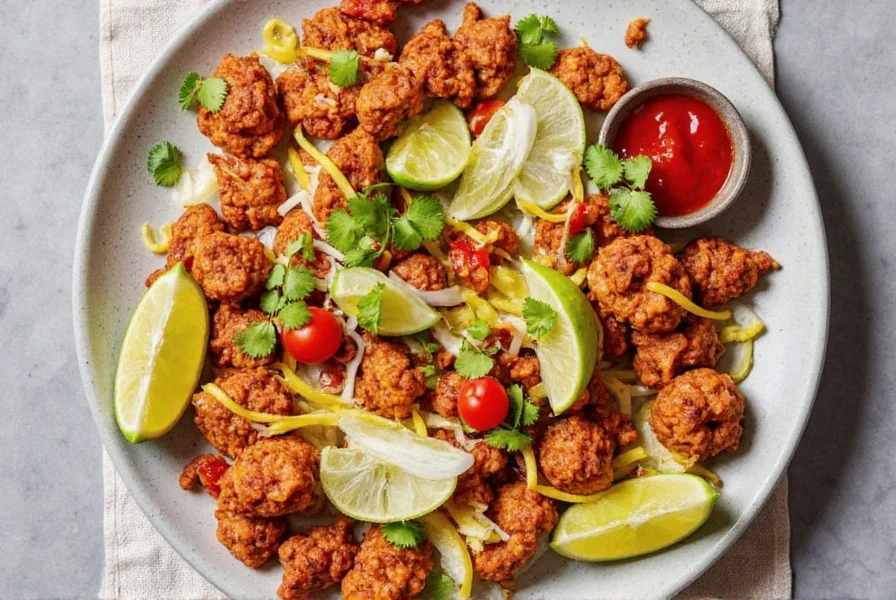7 Sizzling Secrets of Mexican Food: Spice, Soul & Global Influence
Mexican food is more than just tacos and guacamole — it’s a vibrant fusion of ancient traditions, bold spices, and regional diversity. From the smoky chipotle to the fiery habanero, every bite tells a story rooted in history. In this article, we’ll take you on a flavorful journey through time and taste, exploring everything about Mexican food — from its legendary spice blends to global adaptations and practical cooking tips that will transform your kitchen into a fiesta!
Table of Contents
- The Ancient Roots of Mexican Spices
- Top 5 Must-Have Mexican Spices Every Kitchen Needs
- Understanding Heat Levels: A Beginner’s Guide to Chiles
- A Regional Tour: Mexico’s Diverse Flavors
- Mexican Food Around the World: Fusion & Fame
- Buying Guide: Choosing Authentic Mexican Ingredients
- Pro Tips for Cooking Like a Mexican Abuela
- Conclusion: Embrace the Flavor Fiesta

The Ancient Roots of Mexican Spices
The use of spices in Mexican cuisine goes back thousands of years to indigenous civilizations like the Aztecs and Mayans. These cultures revered chili peppers, cacao, vanilla, and herbs not only for flavor but also for medicinal and spiritual purposes.
Spices That Shaped a Culture
- Chili Peppers: The backbone of Mexican heat, used both fresh and dried.
- Vanilla: Native to Mexico, often used in desserts and moles.
- Epazote: A pungent herb commonly added to beans and soups.
- Cumin: Though originally from the Mediterranean, it found a home in Mexican dishes during Spanish colonization.
Top 5 Must-Have Mexican Spices Every Kitchen Needs
Whether you’re making tacos al pastor or a rich mole poblano, these five essential spices will elevate your Mexican dishes instantly.
| Spice | Main Use | Flavor Profile | Best For |
|---|---|---|---|
| Ancho Chili Powder | Moles, sauces | Sweet, smoky, mild heat | Slow-cooked dishes |
| Guajillo Chili Powder | Salsas, marinades | Bright, fruity, moderate heat | Red sauces and stews |
| Dried Chipotle (Smoked Jalapeño) | Sauces, salsas, meats | Smoky, spicy | Grilled meats and creamy dips |
| Coriander Seeds | Meat rubs, soups | Citrusy, earthy | Tacos al pastor and pozole |
| Oregano (Mexican variety) | Tomato-based dishes | Pungent, herbal | Carnitas, enchiladas, beans |

Understanding Heat Levels: A Beginner’s Guide to Chiles
If you’ve ever been confused by the Scoville scale or overwhelmed by the number of chile options, here's a quick breakdown to help you choose the right heat level for your dish.
Mexican Chile Heat Scale
| Chile | Scoville Units | Heat Level | Best Uses |
|---|---|---|---|
| Ancho/Poblano | 1,000–2,000 | Mild | Moles, stuffed dishes |
| Guajillo | 2,500–5,000 | Moderate | Salsas, soups |
| Jalapeño | 2,500–8,000 | Moderate | Fresh salsas, nachos |
| Chipotle | 5,000–10,000 | Moderate/Hot | Smoky sauces, adobo |
| Habanero | 100,000–350,000 | Very Hot | Hot sauces, Yucatan dishes |
A Regional Tour: Mexico’s Diverse Flavors
Mexico is a country of contrasts, and nowhere is that more evident than in its cuisine. Each region brings its own unique ingredients and preparation styles.
Regional Flavor Map
- Northern Mexico: Known for grilled meats, wheat tortillas, and minimal spice.
- Central Mexico: Home of complex moles and nixtamalized corn.
- Southern Mexico: Features bold flavors, Oaxacan chocolate, and black beans.
- Yucatán Peninsula: Highlights citrus-marinated cochinita pibil and habaneros.
Mexican Food Around the World: Fusion & Fame
Mexican cuisine has become a global phenomenon, inspiring street food trends, fine dining interpretations, and even fast-food mashups. Here’s how different cultures have embraced and reimagined it.
Global Twists on Mexican Classics
- Korean-Mexican: Kimchi tacos and bulgogi burritos dominate trendy LA food trucks.
- Japanese-Mexican: Nori-wrapped sushi burritos with miso-lime crema are popular in Tokyo.
- European-Mexican: Michelin-starred chefs create deconstructed tamales and avant-garde salsas.
- Australian-Mexican: Avocado toast meets chimichurri at brunch spots in Melbourne.

Buying Guide: Choosing Authentic Mexican Ingredients
When building your Mexican pantry, quality matters. Here’s how to choose the best products for authentic results.
Must-Have Products and Their Best Picks
| Product | Brand | Features | Advantages | Best For |
|---|---|---|---|---|
| La Costeña Dried Guajillo Chiles | La Costeña | Whole dried chiles, vacuum sealed | Rich color, consistent flavor | Homemade red salsas and stews |
| Maseca Corn Masa Flour | Maseca | Pre-cooked, nixtamalized corn flour | Perfect texture for tortillas and tamales | Everyday homemade tortillas |
| El Yucateco Habanero Sauce | El Yucateco | Bright orange sauce made with Yucatan habaneros | Intense heat with tropical undertones | Add punch to tacos or seafood |
| Princesa Canned Black Beans | Princesa | No added preservatives, soft texture | Perfect for refried beans or salads | Quick meals and side dishes |
| Don Julio Epazote Leaves | Don Julio | Dried bunches, strong aroma | Ideal for seasoning bean dishes | Traditional soups and legumes |

Pro Tips for Cooking Like a Mexican Abuela
Ready to bring some abuela-level magic into your kitchen? Here are a few professional secrets to enhance your Mexican dishes without breaking a sweat.
Essential Mexican Cooking Hacks
- Toast Your Spices: Always lightly toast ground spices in a dry pan before using them to release their oils and deepen flavor.
- Use Lard for Tamales: For ultra-flaky masa dough, substitute vegetable oil with rendered lard.
- Char Your Tomatoes: Roasting tomatoes before blending improves the depth of any salsa or soup base.
- Let Moles Rest Overnight: Allowing moles to sit enhances flavor complexity — they taste better the next day!
- Keep Tortillas Warm: Wrap freshly made tortillas in foil and keep them in a warm oven or tortillero basket to maintain pliability.
Conclusion: Embrace the Flavor Fiesta
Mexican food is more than a cuisine — it’s a celebration of life, culture, and community. Whether you're diving into a bowl of birria, drizzling hot sauce on your eggs, or hosting a backyard taco night, every bite connects you to centuries of tradition and innovation.
So, grab your favorite chiles, fire up the comal, and let your kitchen come alive with the spirit of Mexico. After all, food tastes better when it’s shared with joy and seasoned with love.










 浙公网安备
33010002000092号
浙公网安备
33010002000092号 浙B2-20120091-4
浙B2-20120091-4